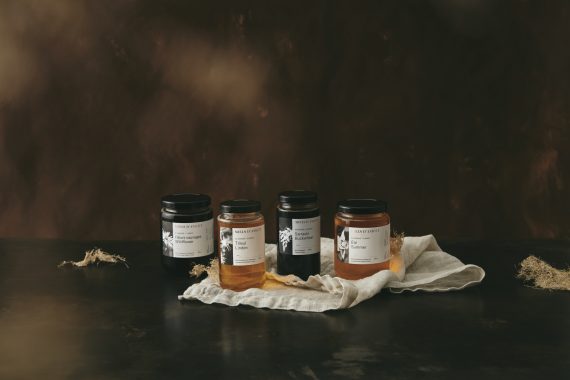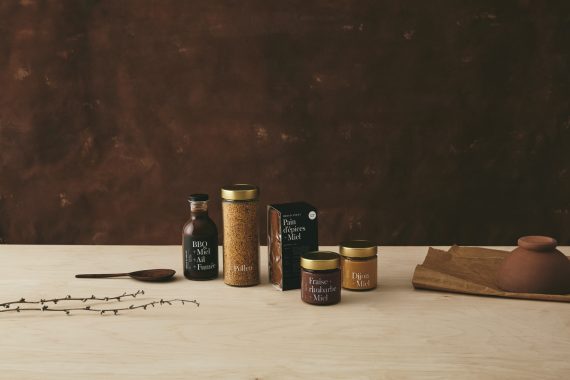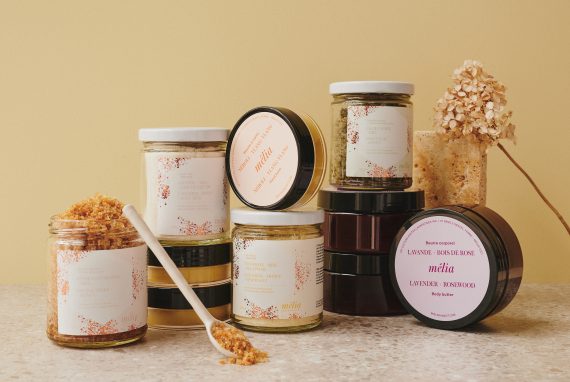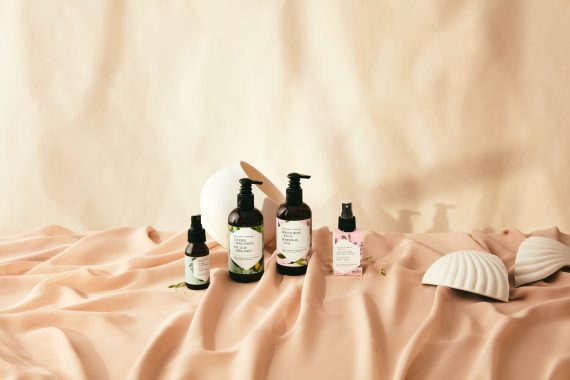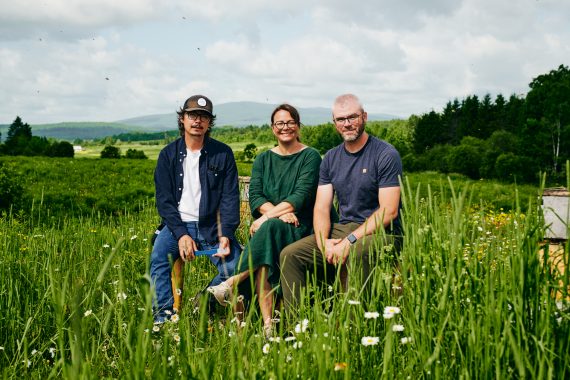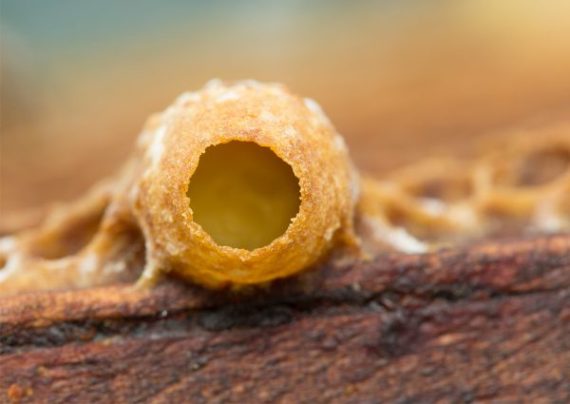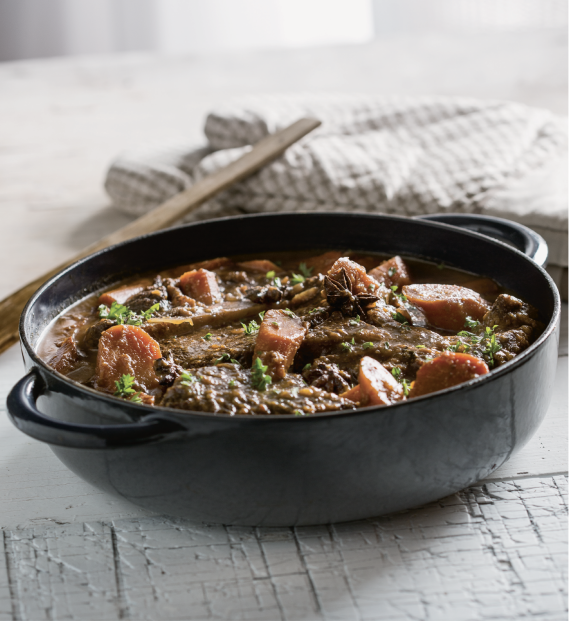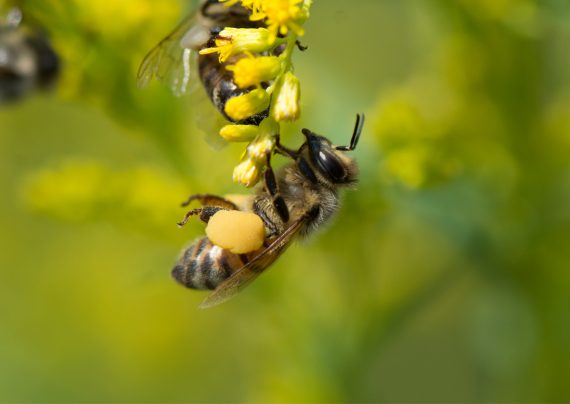
Pollen, a rainbow of vitality
With the arrival of spring, children often have the natural instinct to bring a dandelion flower to their nose, getting smeared with colorful dust: pollen. This is not produced by the bee but rather collected by it from the flowers in its environment.
When bees, primarily young foragers, land on a flower, they wriggle to shake off the microscopic pollen grains onto their bodies. Once covered in pollen, they rise above the flower and methodically brush themselves off using their legs, which act like combs. Their movements are quick and require perfect coordination.

Using honey that they have previously stored in their crop, the bees can combine the pollen grains. They bring them back to their baskets (located on the outer side of their two hind legs), forming balls known as “pollen pellets.” Upon returning to the hive, they deposit the pellets into a cell, allowing a young bee to pack them into the bottom of the cavity until it is full. At that point, the bee will add a thin layer of honey as a seal to prevent fermentation.

Harvesting pollen
Pollen harvesting must take place during a significant flowering period. To do this, the beekeeper places a pollen trap at the entrance of the hives. The principle of this trap is quite simple: the bee entering the hive must pass through a grid, called a “pollen comb,” which retains the pellets stuck to its hind legs. The pellets fall through a sieve into a drawer that is inaccessible to the bees. The beekeeper checks the traps approximately every two days to collect the pollen. It is important to collect it frequently, as it quickly molds when left exposed to the air.
Once the pollen is harvested, it must be sifted to remove impurities. It can then be stored fresh (raw) in the freezer or, in its dehydrated form, in the refrigerator. However, it should be noted that the dehydration process diminishes the inherent nutritional properties of fresh pollen if not done rigorously. Pollen harvesting must be done sparingly, as the hive consumes about 35 to 40 kg (77 to 88 lb) per year. Without pollen, the bee would be deprived of its only source of protein, which would have significant negative effects on its diet as well as on the growth of larvae. The beekeeper must ensure that the hive retains its vital energy and work with great respect for the health of the bees.
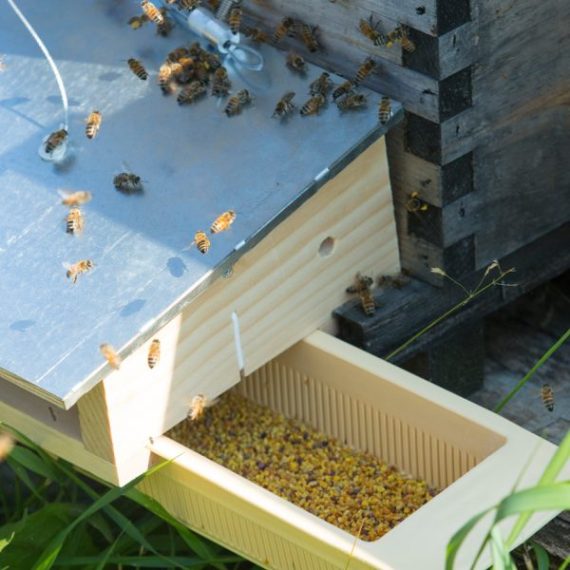
Uses and benefits
For many centuries, beekeepers have been aware of the importance of pollen in the diet of bees: it gives them vitality! It is only since the mid-20th century that research has demonstrated its health benefits for humans. Due to its rich composition (proteins, amino acids, vitamins, sugars), pollen is an energetic, nutritious, tonifying, and revitalizing food that enhances overall well-being. This natural tonic helps regain energy during periods of physical overexertion.
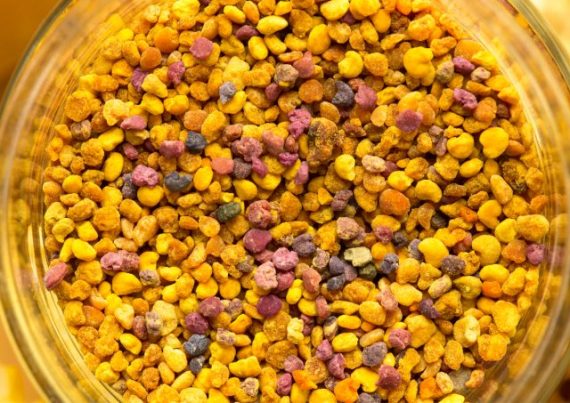
Pollen cure
Pollen can be consumed at a rate of ½ to 1 teaspoon per day, either on an annual basis or as part of a defined cure. It can be eaten alone or mixed with juice or yogurt.

